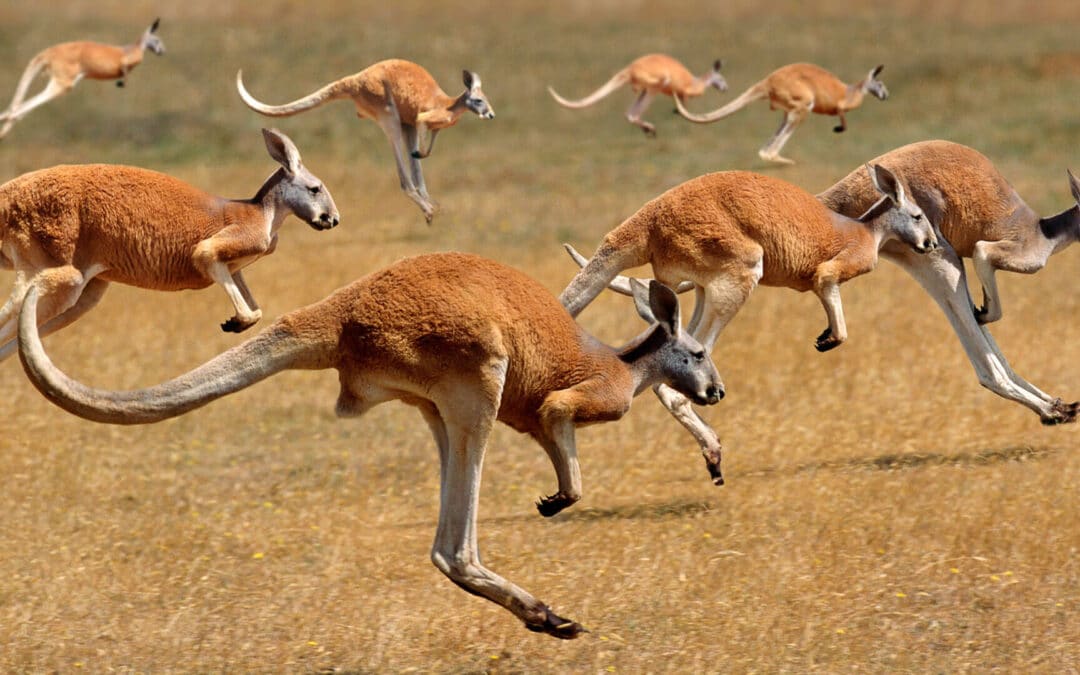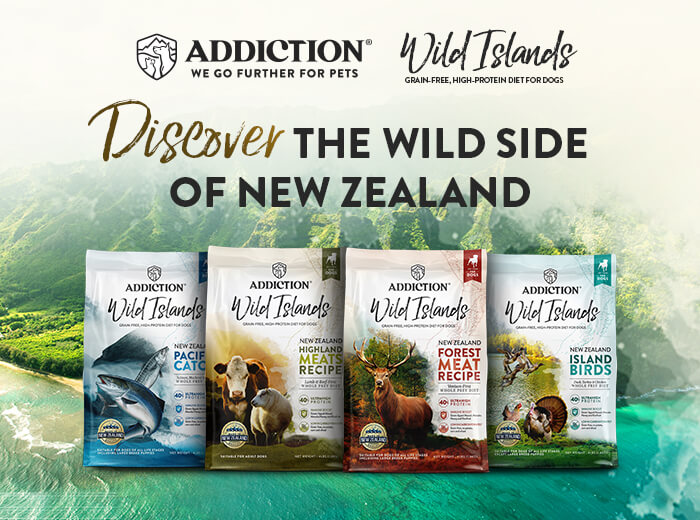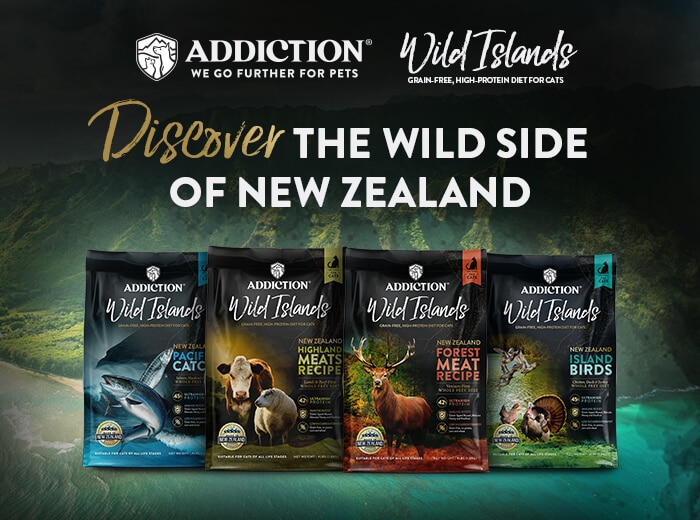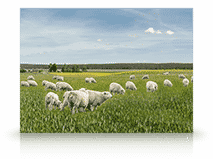Unless your cat is Mr. Bigglesworth or a distant related cousin, bald spots are a sign of something not quite working for your cat. What causes bald spots on cats? To find out, start at the base of your cat’s health and look at his nutrition.

 Nutrition – The Foundation For Your Cat’s Health
Nutrition – The Foundation For Your Cat’s Health
Cats are obligate carnivores, which means they need meat in their diet. Cat foods list ingredients by weight. Looking at a bag of food from the grocery store, the first two ingredients were ground yellow corn, corn gluten meal. Which means your cat is mostly eating yellow corn and corn gluten meal. Corn is the one of the biggest culprits of food allergies in cats. It is notoriously hard to digest and offers little in the way of nutrition.
Quality, Not Just Quantity
First step, find a food that uses real meat. This is a bit trickier than you might think since there are , meal and whole meat. People like to see whole meat listed as the first ingredient because at first glance it seems like the best option. It can be, but meal actually contains more meat per weight than whole meat. This is because a whole chicken contains up to 80% water, which affects the weight. Meal is simply the chicken with the water removed, meaning you get more meat when it’s measured by weight! By-products aren’t inherently bad but there isn’t a way to separate by quality. You should know what goes into your cat’s food.
Once you’ve found a food that uses meat as the first ingredient, it’s time to dig a little deeper. Where does that meat come from? Is it free range or farmed? Have antibiotics been used? All of these things can have negative effects on your cat’s health. Look for foods that use free range meats without antibiotics and other chemicals.
Making the Switch
Once you’ve found a food that you think might work for you and your cat, make sure you switch over slowly over the course of a few weeks. Add in the new food gradually to allow your cat’s stomach to get used to it. If you notice digestive upset, cut back on the new food a little bit.
Addiction Pet Foods carries a wide variety of premium cat foods that use New Zealand free range meats and never contain , chemicals or grains.













